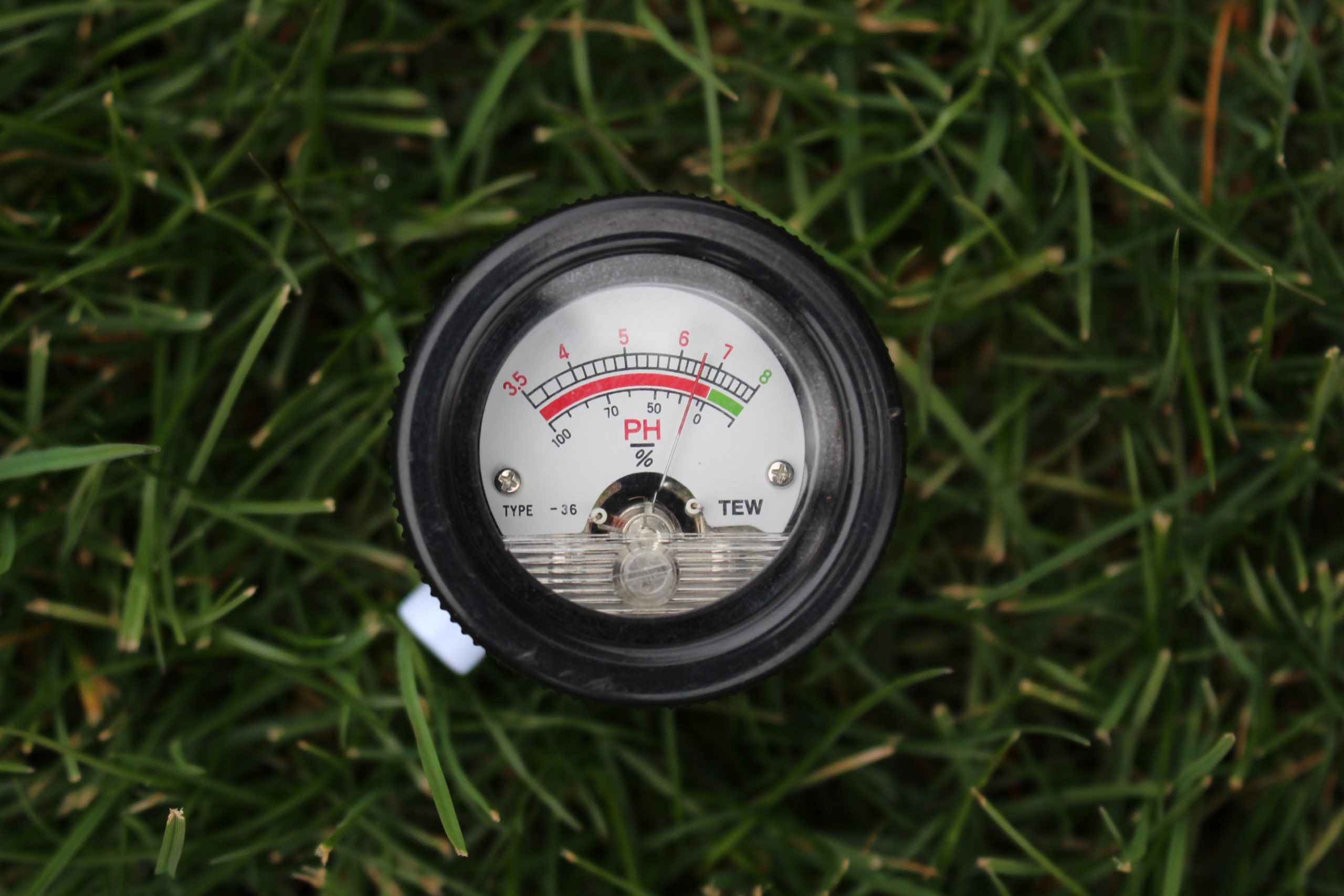Lime (Citrus aurantiifolia) Farmers Community
Effect of Lime Rates and Method of Application on Soil
- This topic is empty.
- AuthorPosts
- Febuari 18, 2025 at 12:39 um #569128
 Agric4ProfitsKeymaster
Agric4ProfitsKeymaster
Lime has long been used to improve soil quality by adjusting pH levels, enhancing nutrient availability, and improving soil structure.
The effect of lime rates and method of application on soil is a critical aspect of soil management, particularly in regions with acidic soils.
When applied correctly, lime can lead to significant improvements in crop yield and soil fertility. However, understanding the optimal lime rate and method of application is crucial for achieving the best results.
1. Lime Rates and Their Impact on Soil pH
Lime is primarily used to raise soil pH, making the soil less acidic. The effect of lime rates on soil pH depends on several factors, including the initial pH of the soil, the type of lime used, and the buffering capacity of the soil.
Soils with a very low pH require higher lime rates to bring the pH to a more neutral level. However, it is important to note that applying too much lime can overshoot the desired pH range, making the soil alkaline, which can lead to nutrient imbalances.
Higher lime rates tend to have a more significant and lasting effect on soil pH, but the rate should be carefully calibrated based on soil testing.
A soil test can provide a precise recommendation for the amount of lime needed to achieve the optimal pH range for specific crops. Over-liming can also result in nutrient lock-up, where essential nutrients like iron, manganese, and phosphorus become less available to plants.
2. The Effect of Lime on Soil Structure and Fertility
The application of lime not only affects soil pH but also has a profound impact on soil structure and fertility. Lime helps to flocculate clay particles, promoting better aggregation and improving soil porosity.
This, in turn, enhances water infiltration, root penetration, and oxygen availability to plant roots. Soil with improved structure can retain moisture more effectively, which is particularly important in regions with irregular rainfall patterns.
In addition to improving soil structure, lime also increases the availability of certain essential nutrients. For instance, lime helps release calcium and magnesium, which are critical for plant health. It can also reduce the toxicity of aluminum and manganese, which often become harmful in highly acidic soils.
However, the rate of lime applied will directly influence the level of improvement in soil fertility, as too little lime may not adequately address nutrient deficiencies.
3. Method of Lime Application and Its Effectiveness
The method of lime application plays a key role in determining the effectiveness of lime treatment. Lime can be applied in various ways, including broadcasting, incorporating into the soil, or using a band application. Broadcasting lime evenly over the surface is the most common method, but its effectiveness depends on the soil’s tillage practices.
Incorporating lime into the soil is often more effective, especially when dealing with deep-rooted crops that need to access the lime deeper in the soil profile. Shallow incorporation, on the other hand, may suffice for crops with shallow root systems. Banding lime around the plant root zone is a more targeted approach that minimizes waste and ensures that the lime is placed in the area where the plants can most effectively absorb it. Each method has its pros and cons, and the method chosen should depend on the soil’s texture, crop type, and available equipment.
4. Timing of Lime Application and Its Effect on Soil Quality
The timing of lime application is another crucial factor influencing its effectiveness. Lime is most effective when applied well before planting, as it requires time to react with the soil and adjust pH levels.
The ideal time for application is usually during the fall or early winter, allowing the lime to break down and thoroughly mix with the soil before the growing season begins.
However, for crops that require immediate adjustments in pH, lime can be applied closer to planting time. In such cases, incorporating the lime into the soil just before planting ensures it has a more immediate effect.
Applying lime during or after the growing season may not provide immediate benefits and could even disrupt plant growth if the soil pH changes too rapidly.
5. Environmental Considerations and Lime Use Efficiency
The environmental impact of lime application is another important factor to consider. While lime helps to improve soil fertility and pH, excessive use of lime can lead to environmental issues such as water runoff and leaching of nutrients. Over-liming can also affect soil microorganisms, potentially disrupting the natural soil ecosystem.
Efficient use of lime is critical to minimize its environmental footprint. Precision agriculture techniques, such as variable rate lime application, can help optimize lime usage by adjusting the rate based on soil test results.
This approach ensures that lime is applied only where it is needed, reducing waste and preventing over-application.
Additionally, using lime in combination with organic amendments can further improve soil health and sustainability.
In conclusion, the effect of lime rates and method of application on soil is a multifaceted issue that requires careful consideration of various factors, including soil pH, structure, fertility, and environmental impact. Proper lime application can significantly improve soil health, enhancing nutrient availability, water retention, and crop yields.
However, over-application or improper timing and method can lead to negative consequences, including nutrient imbalances and environmental degradation.
By understanding the nuances of lime rates and application techniques, farmers can optimize lime use and achieve sustainable soil management for better agricultural productivity.
- AuthorPosts
- You must be logged in to reply to this topic.

